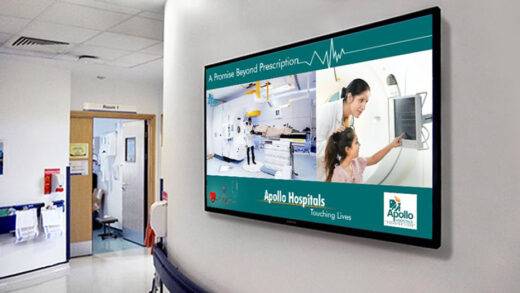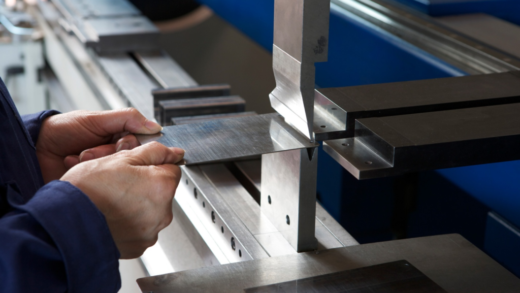Denver, a city renowned for its rich cultural heritage, is no exception. One innovative approach that has gained significant popularity is the incorporation of interactive virtual tours into websites for local attractions such as museums, parks, and historical landmarks. This article will discuss the advantages of interactive virtual excursions and the techniques that web designers in Denver can use to create immersive online experiences that highlight the city’s captivating history and cultural treasures.
Enhancing Visitor Engagement
Interactive virtual tours offer a unique opportunity to engage website visitors in an immersive and captivating manner. By incorporating these tours into websites, Denver web designers can provide an interactive experience that goes beyond static images and text. Visitors can navigate through virtual spaces, explore exhibits, and interact with multimedia content such as videos, audio guides, and 360-degree panoramas. This interactive element encourages prolonged visitor engagement, as they are actively involved in the exploration process, leading to a deeper connection with Denver’s local attractions.
Showcasing Cultural Heritage
Denver boasts a wealth of cultural heritage, ranging from historical landmarks to vibrant art scenes. Interactive virtual tours allow web designers to showcase this heritage in a visually stunning and informative manner. Web designers can curate an immersive experience that highlights significant artifacts, artwork, and architectural wonders, offering a comprehensive glimpse into the city’s rich history and diverse cultural offerings.
Accessible And Inclusive Experiences
Web designers in Denver have a responsibility to create inclusive experiences that cater to a diverse audience. Interactive virtual tours contribute significantly to achieving this goal. By incorporating features such as closed captions, audio descriptions, and language options, web designers can ensure that individuals with disabilities or those who speak different languages can fully engage with the virtual tour experience. This inclusivity fosters a sense of belonging and allows a broader range of visitors to appreciate Denver’s local attractions from anywhere in the world.
Increased Reach And Promotion
Incorporating interactive virtual tours into websites not only enhances the visitor experience but also boosts the reach and promotion of Denver’s local attractions. Web designers can optimize the tours for search engines, allowing potential visitors to discover these attractions more easily. Additionally, by incorporating social sharing buttons, visitors can share their virtual tour experiences on various platforms, leading to organic promotion and increased visibility for Denver’s cultural sites. This online exposure helps attract both local and international visitors, further boosting tourism and appreciation for Denver’s cultural heritage.
Techniques For Creating Immersive Virtual Tours
To create captivating and immersive virtual tours, Denver web designers can utilize various techniques:
- A) High-Quality Visuals: Capturing high-resolution images and videos is essential for creating visually appealing virtual tours. Employing professional equipment, such as 360-degree cameras and drones, ensures stunning visuals that showcase the intricate details of the attractions.
- B) Interactive Elements: Engage visitors by incorporating interactive elements within the virtual tour, such as clickable hotspots, embedded multimedia, and informative pop-ups. These elements can provide additional information, historical context, or multimedia experiences to enhance visitor engagement.
- C) Seamless Navigation: Intuitive and user-friendly navigation is crucial for a smooth virtual tour experience. Implement features like floor plans, navigation arrows, and an easily accessible menu, allowing visitors to explore different sections of the attraction effortlessly.
- D) Multimedia Integration: Enhance the immersive experience by integrating multimedia components. Including audio guides, ambient sound, or narration can provide a more comprehensive understanding of the attraction, creating a multisensory experience for visitors.
- E) Mobile Responsiveness: Given Denver’s high mobile usage rates, ensuring that virtual tours are optimized for mobile devices is paramount. Implement responsive design techniques to provide a seamless and enjoyable experience across a range of screen sizes and devices.
Conclusion
Incorporating interactive virtual tours into websites for Denver’s local attractions offers numerous benefits, from enhancing visitor engagement and showcasing cultural heritage to promoting inclusivity and expanding reach. By employing techniques such as high-quality visuals, interactive elements, seamless navigation, multimedia integration, and mobile responsiveness, Denver web designers can create immersive online experiences that captivate visitors and inspire a deeper appreciation for the city’s cultural treasures. Embracing the power of interactive virtual tours in web design truly allows Denver’s local attractions to transcend physical boundaries and make an enduring impact on a global scale.



